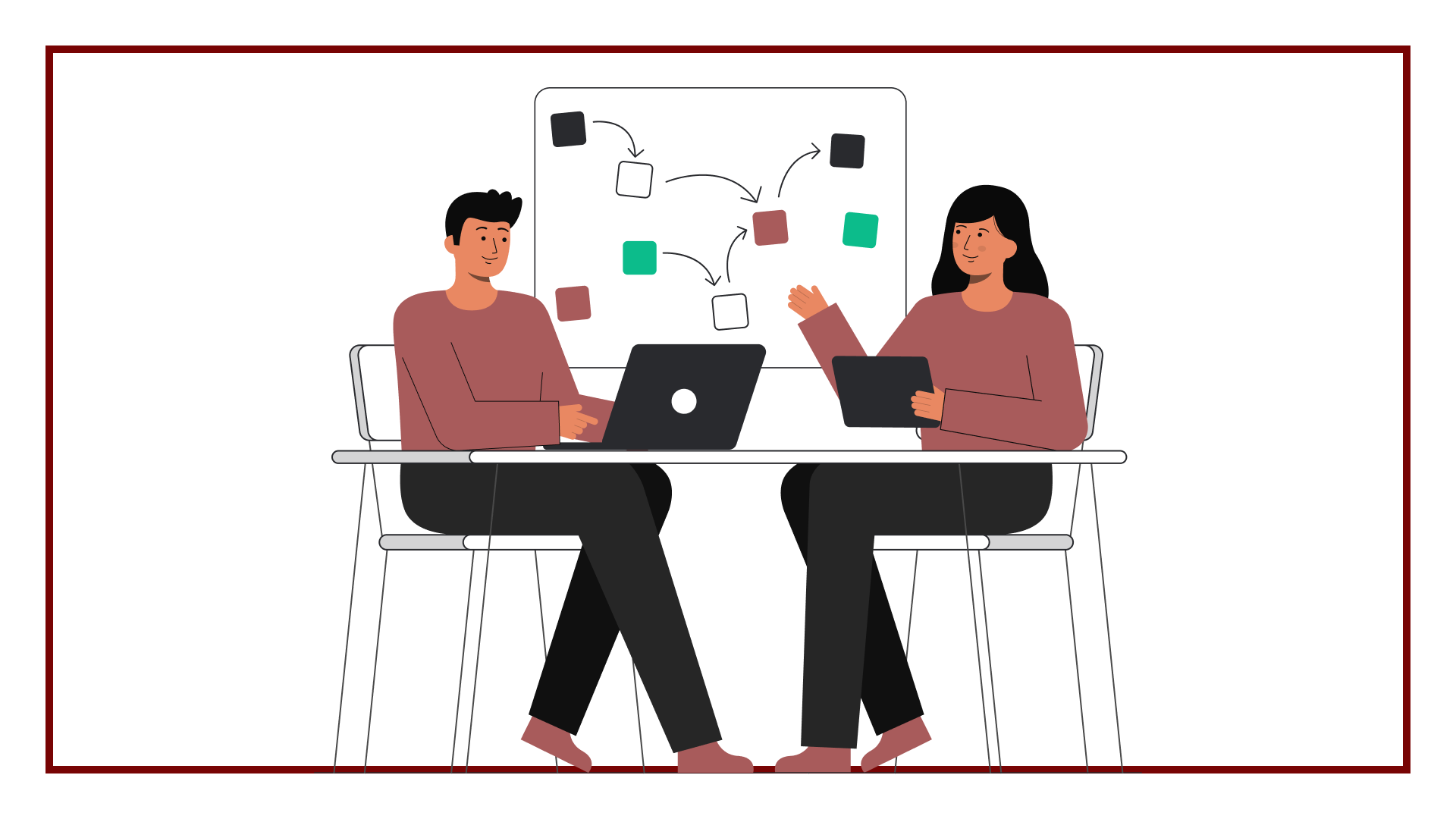Case Study 2022
The Client
Already providing physical solutions to the education market in multiple countries, our client wanted to explore if there was potential for a software solution they could provide in the space as well. The client was confident that the trust their customers already had in them would enable them to sell a product, if there was a need identified.
The task was to investigate the market and identify any viable software solutions. The client wanted to balance two priorities: the solution needed to be able to provide immediate benefits, and it must be profitable.
The Team
Myself and a product manager. As a small piece of discovery work we limited the scope to focus on research only. Keeping the team small allowed us to better utilise the short timeline we were working under.
My Role
My responsibilities on this project included:
- Researching possible opportunities in the identified market
- Investigating market fit and viability of identified opportunities
The Process
Before diving into the work, we outlined a process to follow to ensure we stuck to budget and delivered value to the client within the time frame:
- Topic selection: Our first task was to choose a topic to focus on. In order to do this, we drew together the findings from some previous research the client had conducted into an Opportunity Solution Tree diagram showing the different problems and opportunities in the education space. We worked with the client to choose the most promising topic area to explore, and settled on professional learning and development for principals and teachers.
-
User Interviews: We spoke to six education professionals across New Zealand and Australia from both primary and secondary schools. Each participant took part in two half-hour interviews spaced a few days apart.
- Interview One: The goal of the first interview was to explore the selected topic. Following this interview, we put together an Opportunity Solution Tree diagram to capture the results of the interview.
- Interview Two: The goal of the second interview was to understand how important the problems were in the minds of participants and which of their needs were underserved. In this interview, we went through the Opportunity Solution Tree with the participant to get their feedback on whether we had captured their interview correctly. We then allocated them a fictional $100 budget to spend on solving the opportunities as a way of determining which problems took priority for the participant. Finally, we discussed the prioritised opportunities to uncover more of the participant’s thinking and ensure we had captured all the solutions they had tried to solve those problems.
- Research Analysis: Following the interviews, we conducted further analyses to understand and explore our findings. We analysed the problems identified in the interviews to find ones that were broadly experienced (mentioned by multiple participants) and ones that were important (prioritised by multiple participants). After conducting synthesis, we identified two target opportunities that we thought were worthy of further investigation. We then conducted a market scan to understand the market and competitive landscape for those opportunities and identified pros and cons to pursuing each of them.
- Present findings to client: After collating our analysis into a report, we presented our findings back to the client. We highlighted the options that we had identified as possible opportunities, running through both the pros and cons we had identified during the interviews and market scan.
Outcome
While we were able to present the client with multiple options to pursue further, the client chose to prioritise R&D projects closer to their existing product offerings and did not move into the software space. This project taught me the value in exploratory work, even if the opportunity was not explored further, and gave me the opportunity to experiment with a two part interview structure – which I had not used previously but worked well for our needs.
